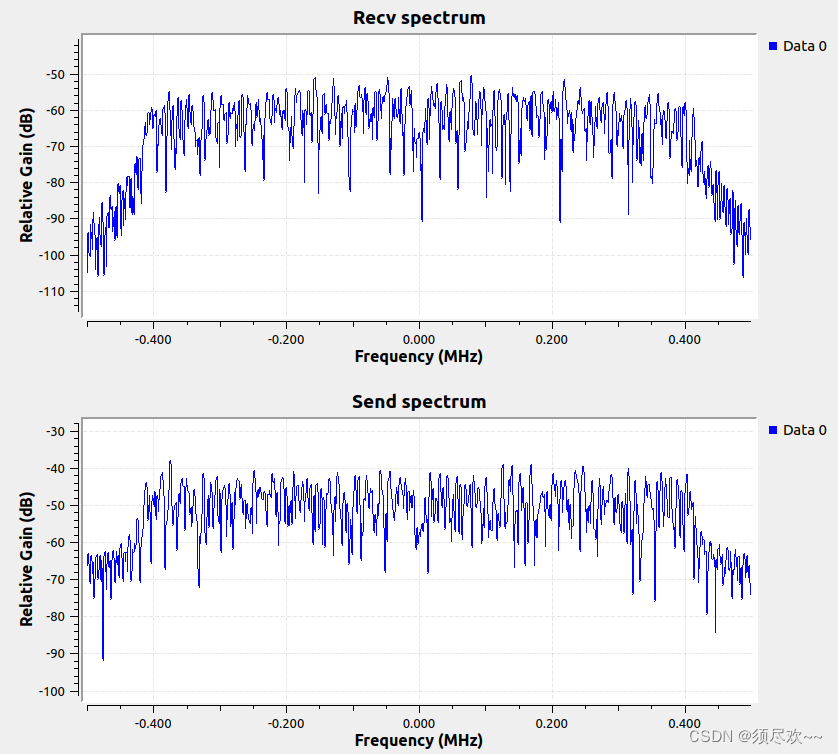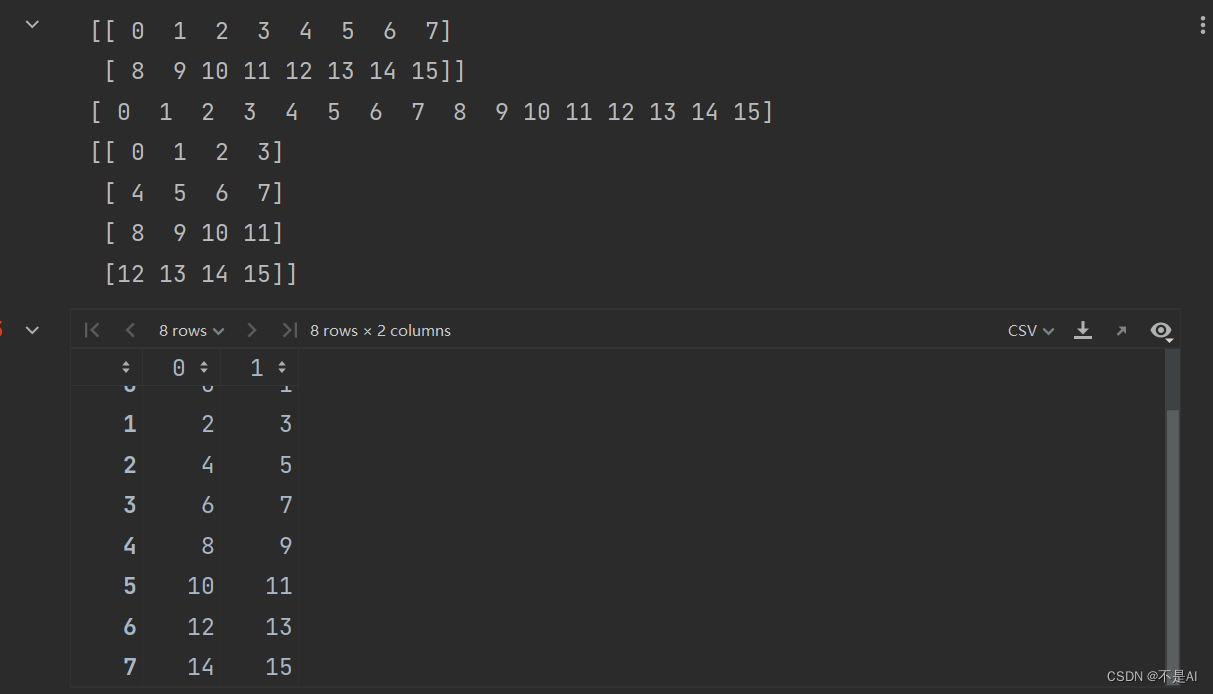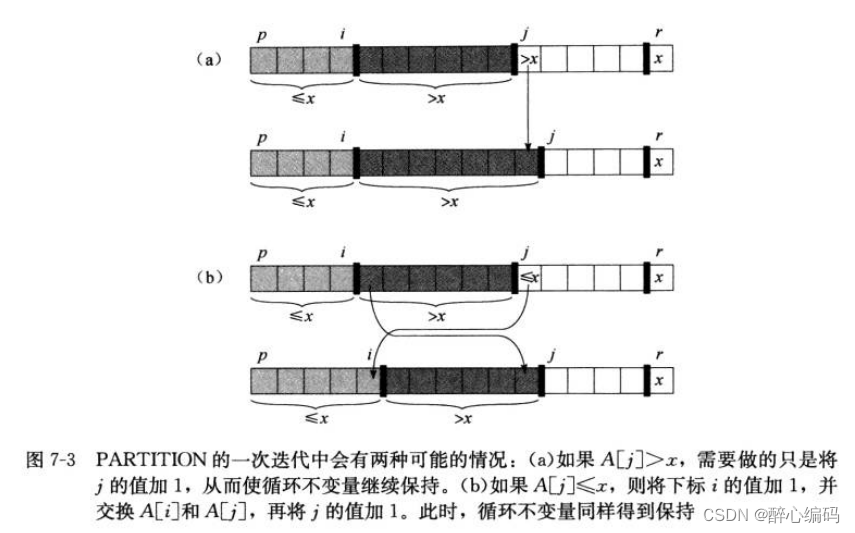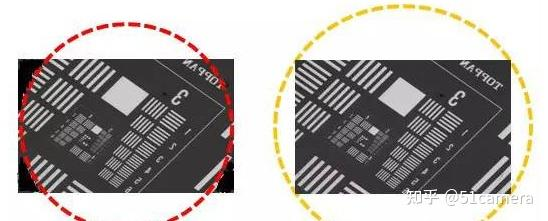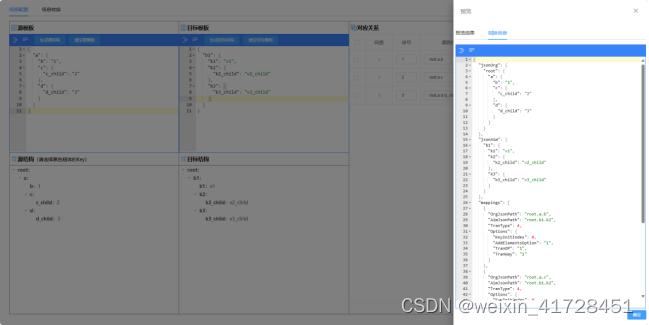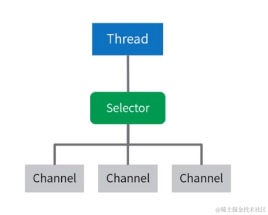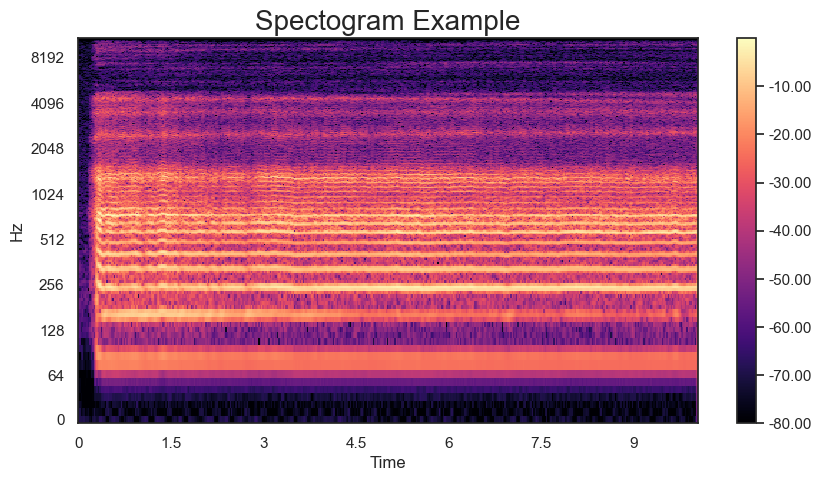目录
门和开关的声明
门和开关类型
支持驱动强度的门
延迟
实例数组
and,nand,nor,or,xor,xnor
buf,not
bufif1,bufif0,notif1,notif0
MOS switches
Bidirectional pass switches
pullup,pulldown
参考《Verilog 编程艺术》魏家明著
Verilog共有14中逻辑门和12种开关,用于提供门级和开关级模型。
门和开关的声明
1.门和开关的类型由关键字命名。
2.可选驱动强度(Drive strength)
3.可选传输延迟(Propagation delay)
4.门和开关的实例名(Instance name)是可选的
5.实例化时可以使用实例数组(Instance array)
6.同一类型的多个实例在声明时可以使用逗号分隔,所有这样的实例具有同样的驱动强度和延迟要求。
门和开关类型

支持驱动强度的门
and,or,xor,nand,nor,xnor,buf,bufif0,bufif1,not,notif0,notif1,pulldown, pullup它们可以使用的驱动强度分为两类strength0和strength1,分别对应驱动0和1的强度:
strength0: supply0,strong0,pull0,weak0
strength1: supply1,strong1,pull1,weak1例子:
nor (highz1, strong0) n1(out1, in1, in2);延迟
and #(10) a1 (out, in1, in2); // only one delay
and #(10, 12) a2 (out, in1, in2); // rise and fall delays
bufif0 #(10, 12, 11) (out, in, ctrl); // rise fall and turn-off delays实例数组
可以通过实例数组一次实例化多个门或开关的实例。
例子:
module driver (input en,input [3:0] in,output [3:0] out
);bufif0 ar[3:0] (out, in, en); // array of three-state buffersendmodulemodule busdriver (input [15:0] busin,output [7:0] bushigh, buslow,input enh, enl
);driver busar3 (busin[15:12], bushigh[7:4], enh);driver busar2 (busin[11:8], bushigh[3:0], enh);driver busar1 (busin[7:4], bushigh[7:4], enl);driver busar3 (busin[3:0], bushigh[3:0], enl);
endmoduleand,nand,nor,or,xor,xnor
1.它们都只能有一个输出端口,可以有多个输入端口,其中输出端口是第一个端口。
2.从逻辑上 nand = ~and,nor = ~or,xnor = ~xor;
例子:
and a1 (out, in1, in2, in3);buf,not
1.它们都只能有一个输入端口,可以有多个输出端口,其中输入端口是最后的端口。
2.从逻辑上 nut = ~buf;
例子:
buf b1 (out1, out2, out3, in);bufif1,bufif0,notif1,notif0
1.它们都只能有一个数据输出端口,一个数据输入端口和一个控制输入端口,第一个端口是数据输出端口,第二个端口是数据输入端口,第三个端口是控制输入端口。
2.对于bufif1和notif1,当控制等于1时,数据通过;当控制等于0时,输出为z
3.对于bufif0和notif0,当控制等于0时,数据通过;当控制等于1时,输出为z
例子:
bufif1 bf1 (outw, inw, controlw);MOS switches
MOS开关有cmos,nmos,pmos,rcmos,mmos,rpmos
例子:
pmos p1 (out, data, control);cmos (w, datain, ncontrol, pcontrol);
// is equivalent to
nmos (w, datain, ncontrol);
pmos (w, datain, pcontrol);Bidirectional pass switches
双向开关有tran,tranif1,tranif0,rtran,rtranif1,rtranif0
1.对于tran和rtran,它们有两个端口,都是双向数据端口。
2.对于tranif1,tranif0,rtranif1,rtranif0,它们都有三个端口,前两个端口是双向数据端口,第三个端口是控制输入端口。
3.对于tranif1和rtranif1,当控制端口等于1时,数据通过;当控制端口等于0时,输出为z;
4.对于tranif0和rtranif0,当控制端口等于0时,数据通过;当控制端口等于1时,输出为z;
例子:
tranif1 t1 (inout1, inout2, control1);pullup,pulldown
pullup (strong1) p1 (meta), p2(netb);






